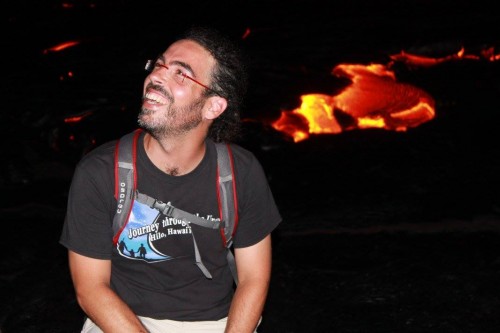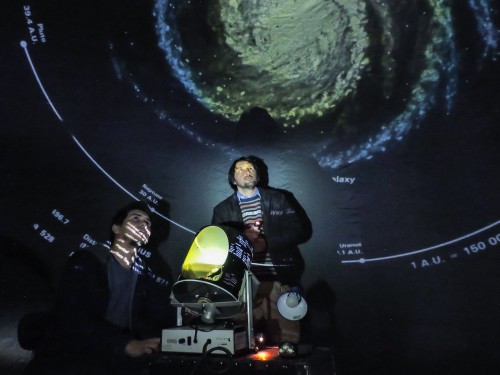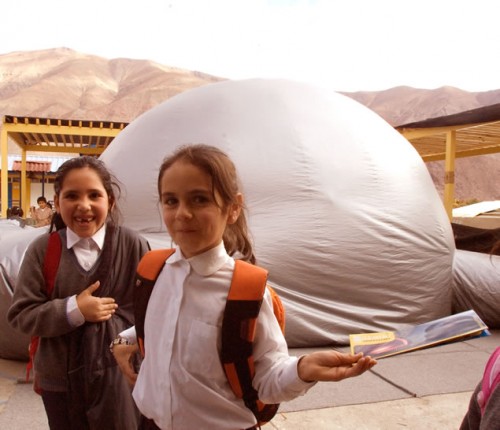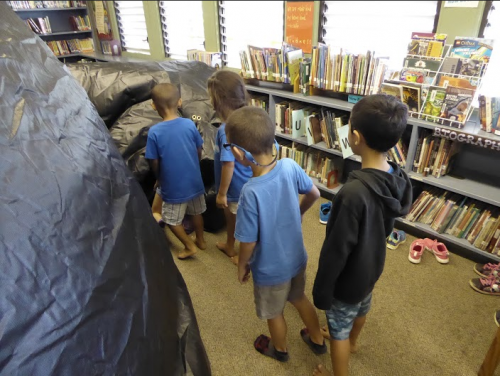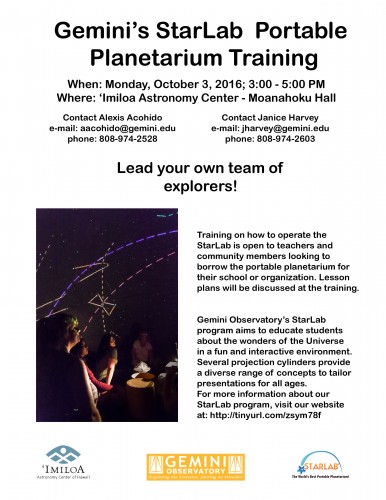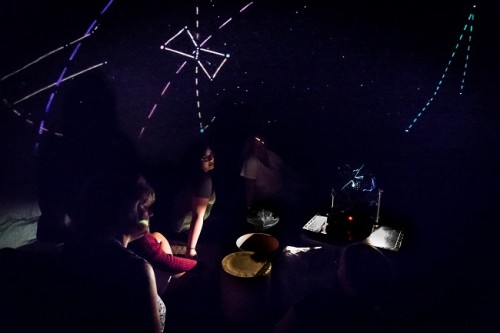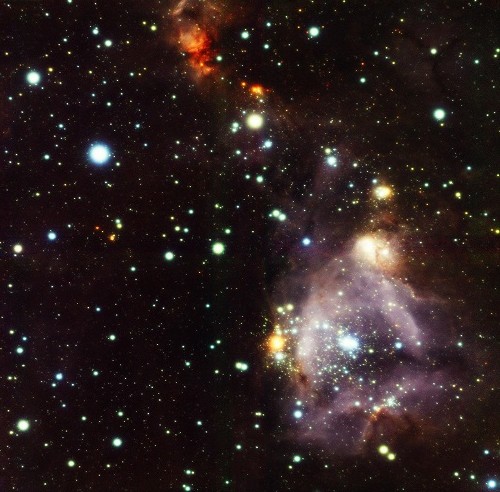- Date: 19 Aug 2016
- Comments: (0)
- Categories: For Everyone, Human Interest
Get to Know Gemini is a new series of blog posts aimed to highlight the different careers, backgrounds, and types of people contributing to Gemini Observatory and its science.
Name: André-Nicolas Chené
What is your current position and at which telescope?
Assistant Scientist at Gemini North
In four lines or less, explain what you do as part of the Gemini Observatory team?
I am member of a new department at Gemini that is focusing on the support to our scientific users. I am revisiting everything regarding how we work with the users, and I am implementing news tools or procedure that improves communication and collaboration.
How long have you worked for Gemini?
3+ years.
What drew you to this job?
I always wanted to work at an observatory.
What is the best part of your job?
Creating new projects! Seeing them at their birth, leading them to success. And all that with incredible team mates.
Where are you originally from/where did you grow up?
Salaberry-de-Valleyfield (Québec), Canada
What skill do you think is most important to know for your job?
The ability to come up with many solutions, one even crazier than the other. Then, any rational mind can pick the best one later.
Why is astronomy important?
Because without it, we would know nothing of who we are, were we stand. 400 years ago, the whole western world changed radically. Its philosophy, its social structure, its theology, were all shaken by one astronomical discovery: the Earth is not the center of the Universe.
In three lines, explain your PhD thesis.
I studied stars, named Wolf-Rayet stars, that hide behind the matter that they expel. My challenge was to mesure their rotation speed, even if we cannot see their surface. I monitored large structures in the wind that are tightened to the surface and that rotate with it.
What are your current research interests?
I study clusters of stars in our Galaxy, the Milky Way. Especially those who hide behind interstellar dust.
What is your favorite movie?
“Mon Oncle” from Jacques Tati
What is the latest book you have read?
Egoman, by Serge Marquis.
What three albums would you bring with you to a desert island?
Wish you were here, Pink Floyd
The harp concerto from Boildieu
Silence, Fred Pellerin
What is one hobby of yours?
Cycling
Favorite beverage?
That Pilsner after hard work on a hot day.
Check back next month to learn more about the staff that help Gemini to explore the Universe and share its wonders!

